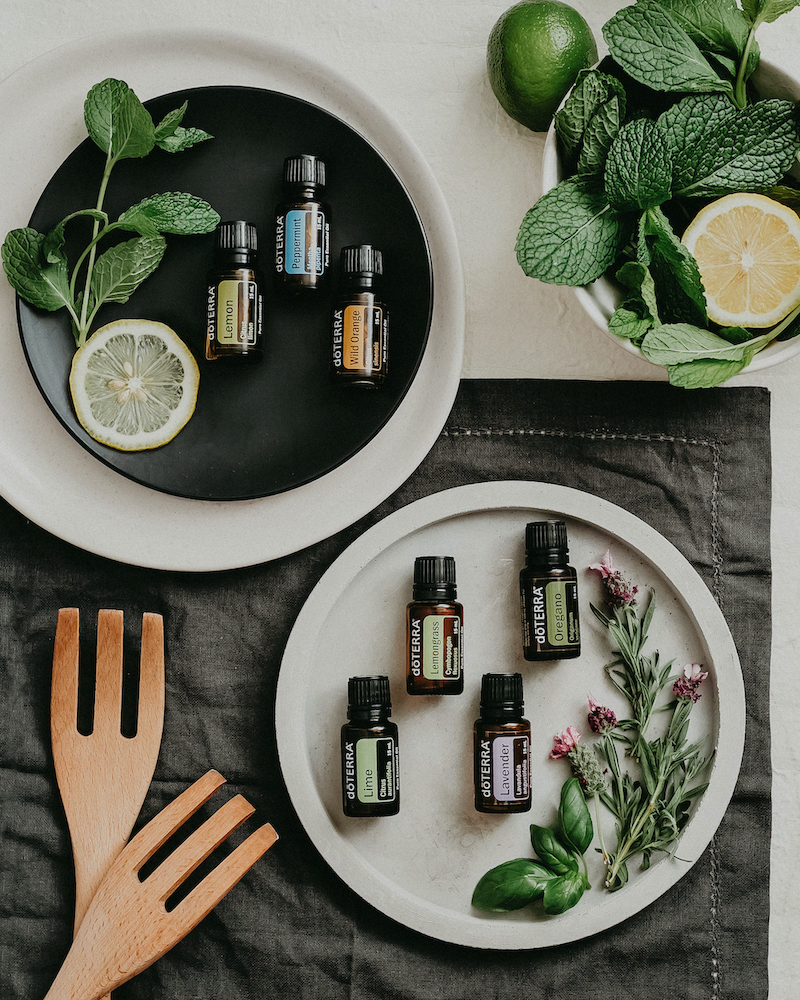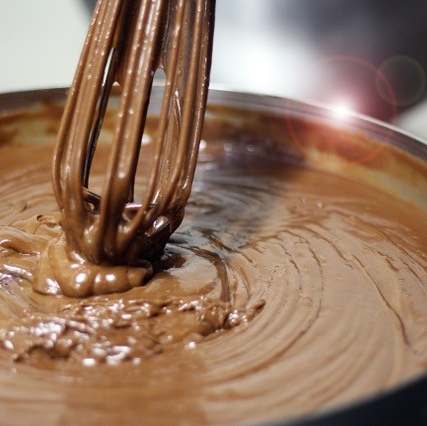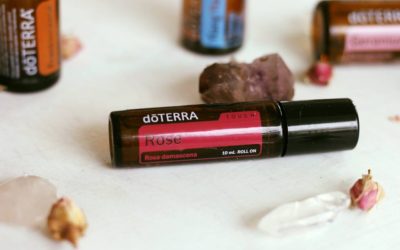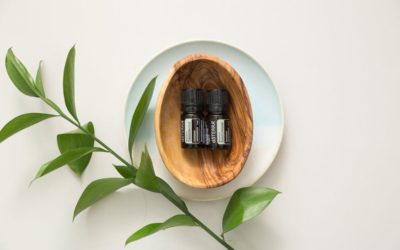>Using essential oils safely in your foodie creations is something I bloody LOVE to teach about.
Cooking with essential oils creates such depth and dimension of flavour. I still use fresh herbs and spices but I love combining them with their essential oil version as it creates layers of flavours which is oh so very cool.
I know it’s something not everyone is confident doing though and generally peep’s have a lot of questions around it so I thought I would do my best to answer one of the most common questions I receive here for you 😁
Okey Dokey …….

Are Essential Oils Heat Sensitive?
Yes, they are but some are more so than others.
Oils such as Thyme, Oregano, Ginger, Cumin, Clove, Cassia, Cinnamon, Black Pepper and Clove are far less volatile than other oils and generally are quite tolerant of high heats. This is thanks to their LOW Monoterpene content and high concentration of aldehydes and phenols which are naturally abundant in antioxidants and therefore more heat tolerant.
They have been shown to safeguard against oxidation which is very awesome and they act as great natural food preservatives. Their high levels of antioxidants also make them rather resilient to high temperatures.
These oils are your best and safest choices to use when it comes to cooking with heat. Think marinades, curries, stews, soups….anything of that nature will be pretty hunky-dory.
Oils that are HIGH in monoterpenes, esters and alcohols such as all citruses, mints, spices such as juniper berry, and herbs such as fennel, rosemary and marjoram are much more volatile and have a very low tolerance to heat. Therefore they oxidise quickly. Keeping these oils in your fridge to extend their life is recommended.
Oxidation = bad. It alters the chemical make-up of these essential oils and can convert their chemical constituents into different substances, change the aroma and diminish the beneficial properties of that oil.
In the case of Lemon for example, the Limonene content is significantly reduced when heated as it oxidises very quickly which means less of those therapeutic properties are available to us. For every 10 degrees rise in temperature, these oils will begin to change in their structure and makeup.
These oils are best used with low temperatures (below 40 degrees) or raw food creations so that’s how I use them. Think smoothies, drinks, salad dressings, sauces, dips, pestos, bliss balls, raw cakes etc. This is where they shine and you will retain all of their goodness.
I just want to add that if you choose to use these oils in your cooking with heat, understand that it will be just for the flavouring and not for the therapeutic properties ok. I recommend adding them at the END of the cooking process once the temperature has died down a little.
Does that help?? I hope so.
If you’ve got other questions about using oils in cooking, pop them below for me.
If you’re a massive foodie like me and you have yet to try playing with essential oils in the kitchen, boy are you missing out on so much fun.






0 Comments